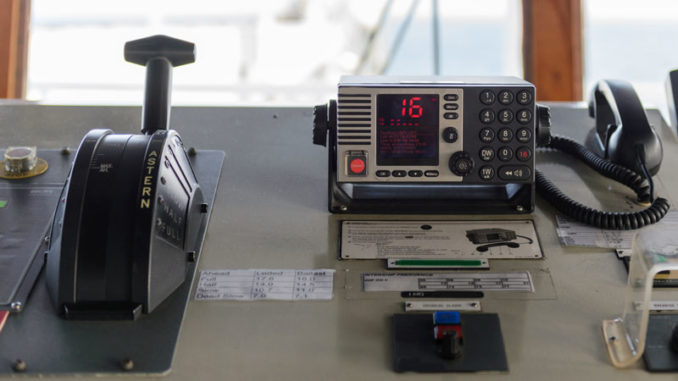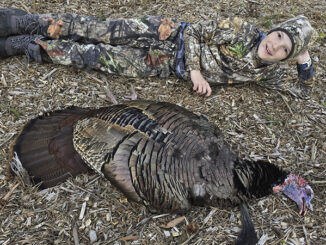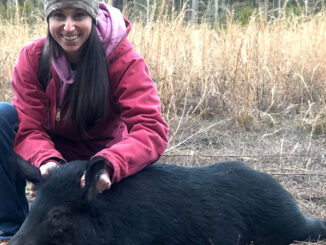
Knowing marine distress calls is first step to getting out of sticky situations
May Day is a little-known and less-celebrated holiday that marks the first day of the fifth month. Mayday is also a distress call that most boaters and anglers hope they never have to make.
But it’s not the only distress call with which we should familiarize ourselves. Two other distress calls are more commonly used, and they can help save lives and equipment. But many boaters and anglers aren’t familiar with them.
To be sure, a mayday call is the most serious, and it should only be made when someone’s life is in danger, when a boat is sinking, or when an uncontrollable fire is onboard the vessel.
The next most-serious call is a pan-pan (pronounced pahn-pahn). It is used when no immediate threat to life is present, but if that threat could become a reality. This call could be made if a boat has a slow leak, if all engines are disabled and in rough seas. This call is akin to saying, “If I don’t get some help soon, then my situation could become life-threatening.”
In many cases, a boat with a slow leak can make it to shore with the aid of a pump. And it’s not uncommon for a pan-pan to result in a rescue helicopter lowering a pump to a boat in this situation.
Know the proper pronunciation of distress calls
Another call anglers and boaters may hear on the radio is the securite call (pronounced sea-cur-i-tay). This call is used to warn boaters of some type of navigational hazard or situation. It is often used to report partially submerged or floating debris that could pose a problem for boaters. Approaching storms can also prompt this call, and when a large vessel — think a container ship — enters a narrow passage, this call is often used.
Most times, boaters will hear these calls from the U.S. Coast Guard or other mariners. But if you do have to make one of these calls, the proper procedure is to use Channel 16 of your VHF radio, repeat the distress call three times, then say your boat name, your location, and what the problem is. You can add additional information, including how many people are onboard, whether anyone is injured, a description of your watercraft, and any other information that could help a search party find you. Be detailed but efficient, and speak in a normal cadence and as calmly as possible.
For example, “Mayday, mayday, mayday. This is the fishing vessel Michelle Jane located 65 miles southeast of Beaufort Inlet, and we are sinking. We have three adults onboard. One adult has a broken arm and a large open wound on his right shoulder. We hit floating debris, which punctured our hull. The boat is a 34-foot white catamaran with outriggers. We are inflating an orange life raft and are preparing to ditch.”
Repeat your distress call as often as possible
Once you’ve made your call, pause for a response if time allows, then repeat the call as often as possible, continuing to update your location. GPS coordinates are best, but if they’re not available, give as much location information as possible. If you cannot determine your location, provide your last-known location and your best guess as to which direction you are currently traveling.
Another less severe but potentially life-saving example is “Securite, securite, securite. This is the flats boat Wasting Time. We are traveling the Waccamaw River into Winyah Bay and just spotted a 40-foot long floating tree. It was last seen floating under the US 521 bridge heading up the Waccamaw River approximately 75 feet off the west bank. It’s branches are visible about 10 feet above the water’s surface.”
VHF radios not just for big boats
Smaller craft should always carry VHF radios, because hazardous conditions can be present in even the smallest bodies of water. Having a VHF will not only allow you to share important information with other boaters, but it will give you the advantage of hearing information that could save your own life.
Plenty of VHF options are available in a variety of sizes. Some portable units are the size of a basic walkie-talkie and don’t require hard-wiring to the boat. Boaters can use these even when they change boats without having to uninstall any equipment. Not having the means to communicate can quickly turn an inconvenience into a life-threatening situation. A VHF radio will offer you peace of mind, keep you updated on navigational hazards, and it could save your life one day.





